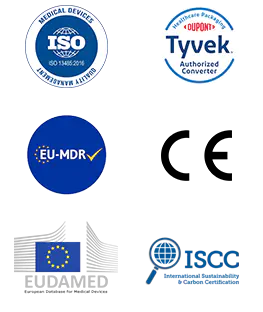In the field of medical device sterilization, visual confirmation tools remain a fundamental part of the validation and monitoring process. Among them, Steam Indicator Strips Tape plays a crucial role in confirming exposure to saturated steam under defined temperature and time parameters. As regulations evolve and sterilization technologies advance, the expectations placed on chemical indicators have grown accordingly. Industry professionals are now looking deeper into their functionality, classification, and alignment with modern sterilization practices.
Content
Visual Verification through Color Transition
The primary function of steam indicator tape is to provide a clear visual cue of exposure to steam sterilization cycles. During autoclaving, the chemical indicator embedded in the tape undergoes a color change when exposed to specific levels of temperature, time, and moisture. This visible transformation serves as an immediate signal that the sterilization process has occurred under appropriate conditions.
This simple yet critical mechanism allows healthcare staff, sterilization departments, and auditors to quickly verify whether a wrapped surgical pack or instrument tray has gone through a sterilization cycle—offering real-time assurance without the need for additional equipment.
Accuracy Expectations in Modern Autoclaves
As sterilization units become more automated and closely regulated, the accuracy of chemical indicators has come under increased scrutiny. Facilities demand higher sensitivity, consistent performance, and reliable response thresholds. Steam indicator strips and tapes must maintain chemical stability during storage and transport, while also responding precisely to temperature ranges commonly used in clinical autoclaves.
Material formulations are expected to deliver clear, uniform color transitions without premature reaction or fade over time, ensuring that every processed item can be traced to a verified sterilization cycle. This has made indicator performance a topic of evaluation in sterilization audits and quality assurance reviews.
Understanding Indicator Classifications: Class 1 vs. Class 4
Steam indicators are categorized by international standards according to their performance characteristics. The table below summarizes the key differences:
| Indicator Class | Description | Parameters Detected | Typical Use Case |
| Class 1 | Process Indicator | Exposure to sterilization cycle | Routine process confirmation |
| Class 4 | Multi-variable Indicator | Time, temperature, steam presence | More stringent validation environments |
The choice between Class 1 and Class 4 depends on the complexity of the sterilization protocol and institutional policies. While Class 1 indicators remain widely used for routine process checks, Class 4 indicators are often favored in environments where more robust confirmation is required. Understanding these distinctions helps ensure appropriate indicator selection and effective sterilization documentation.
Indicator Tape in Packaging Validation and Compliance
Sterile barrier systems must undergo validation to prove that packaging maintains sterility until point-of-use. Steam indicator tape is often affixed to the outside of wrapped items or rigid containers, serving as both a visual confirmation and a traceable part of the sterilization record.
By integrating these tapes into routine packaging, sterilization professionals support documentation processes required by internal protocols and external regulatory audits. Moreover, the presence of indicator tape simplifies visual inspection during storage, ensuring only processed instruments are placed in clinical rotation.
Chemical vs. Biological Indicators: Complementary Roles
While steam indicator tapes provide immediate visual feedback, they are not a substitute for biological monitoring. Instead, they serve as part of a layered sterilization assurance system. Biological indicators—containing heat-resistant microorganisms—confirm microbial kill efficacy, but they typically require incubation and time to yield results.
Steam indicator tapes act as front-line tools for routine monitoring and packaging validation, while biological indicators support long-term compliance and equipment verification. Used together, they create a robust framework for infection prevention.
Evolving Regulatory Landscape
Global health systems continue to refine guidelines surrounding sterilization monitoring. Regions across North America, Europe, and Asia-Pacific have updated standards that govern the performance, labeling, and traceability of chemical indicators.
For manufacturers and healthcare providers, keeping pace with these regulations is essential—not only for legal compliance but also to maintain patient safety and operational efficiency. As indicator tapes are often the visible sign of sterilization, their reliability and conformity with evolving standards are increasingly important.
Steam indicator strips tape remains a cornerstone of visual sterilization assurance. Its function, once seen as a simple color change, is now recognized as part of a comprehensive system that ensures sterile integrity, supports packaging validation, and aligns with international compliance requirements.
hopewayamd continues to focus on these evolving industry expectations, supporting sterilization professionals with dependable, standards-compliant indicator solutions tailored to modern healthcare needs.

 English
English Français
Français Deutsch
Deutsch Nederlands
Nederlands

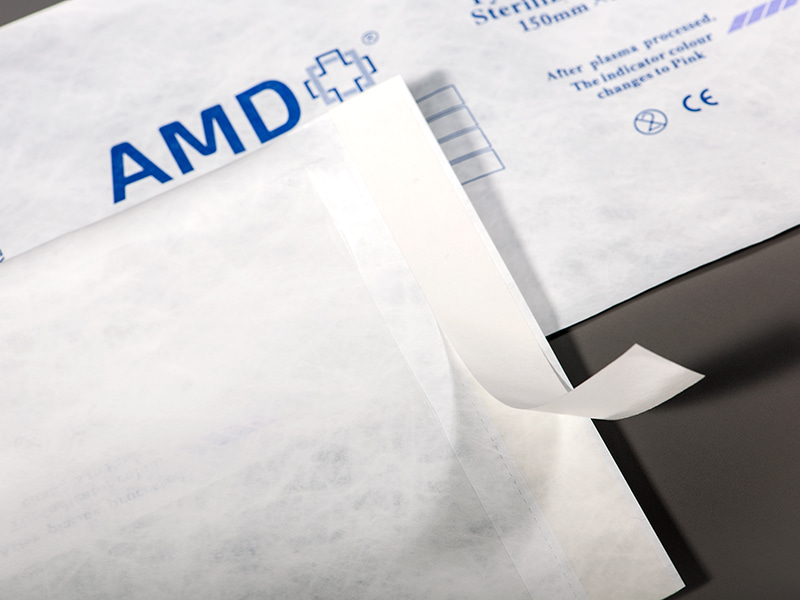
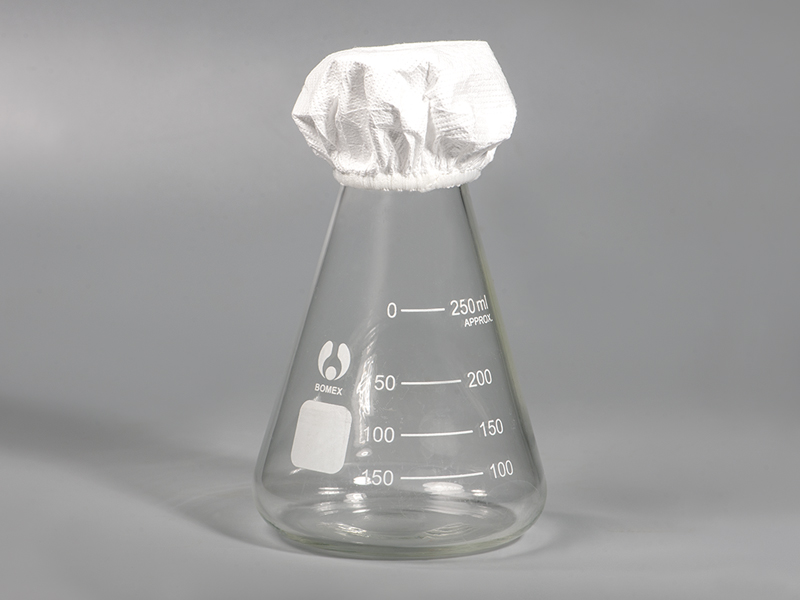





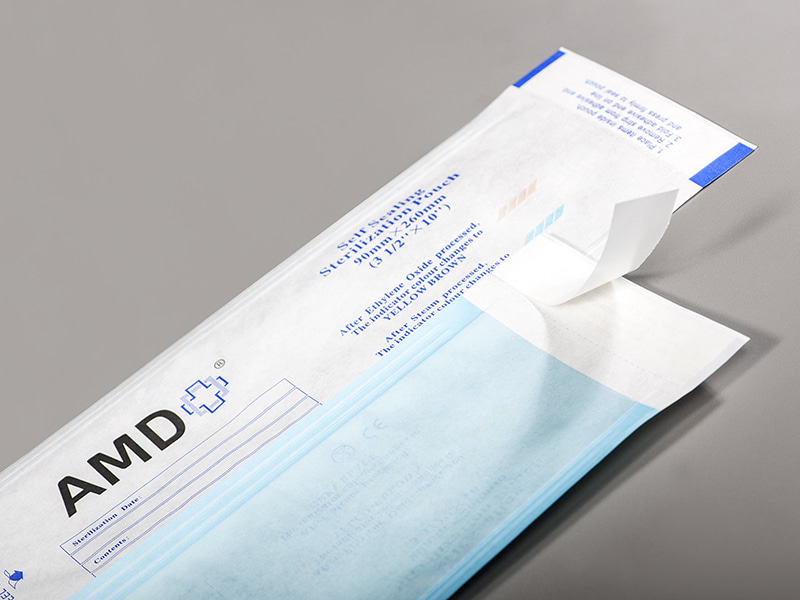

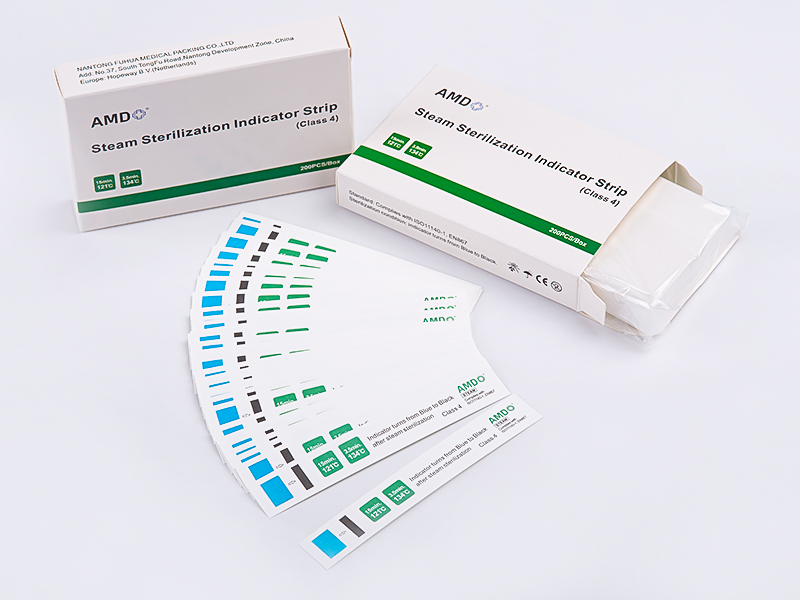
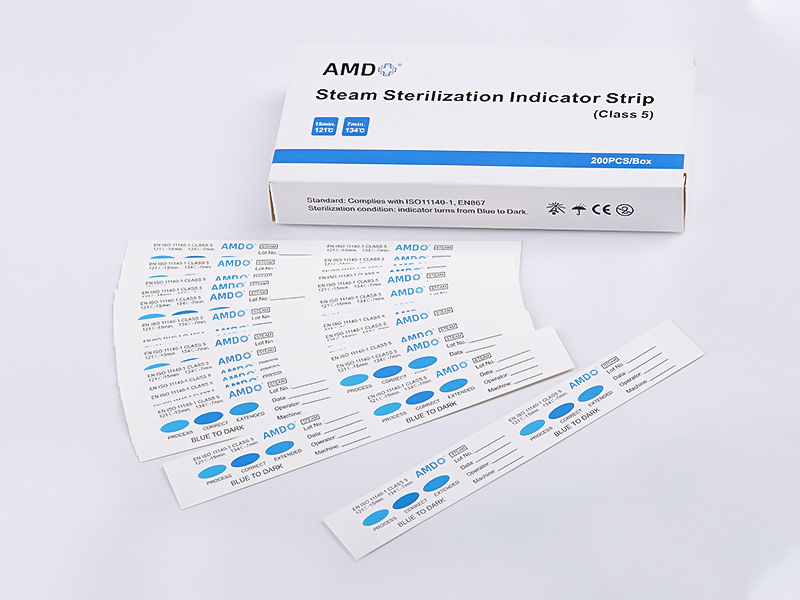

 ‘s-Gravenweg 542, 3065SG RotterdamThe Netherlands
‘s-Gravenweg 542, 3065SG RotterdamThe Netherlands
 +31 (0)10 254 28 08
+31 (0)10 254 28 08
